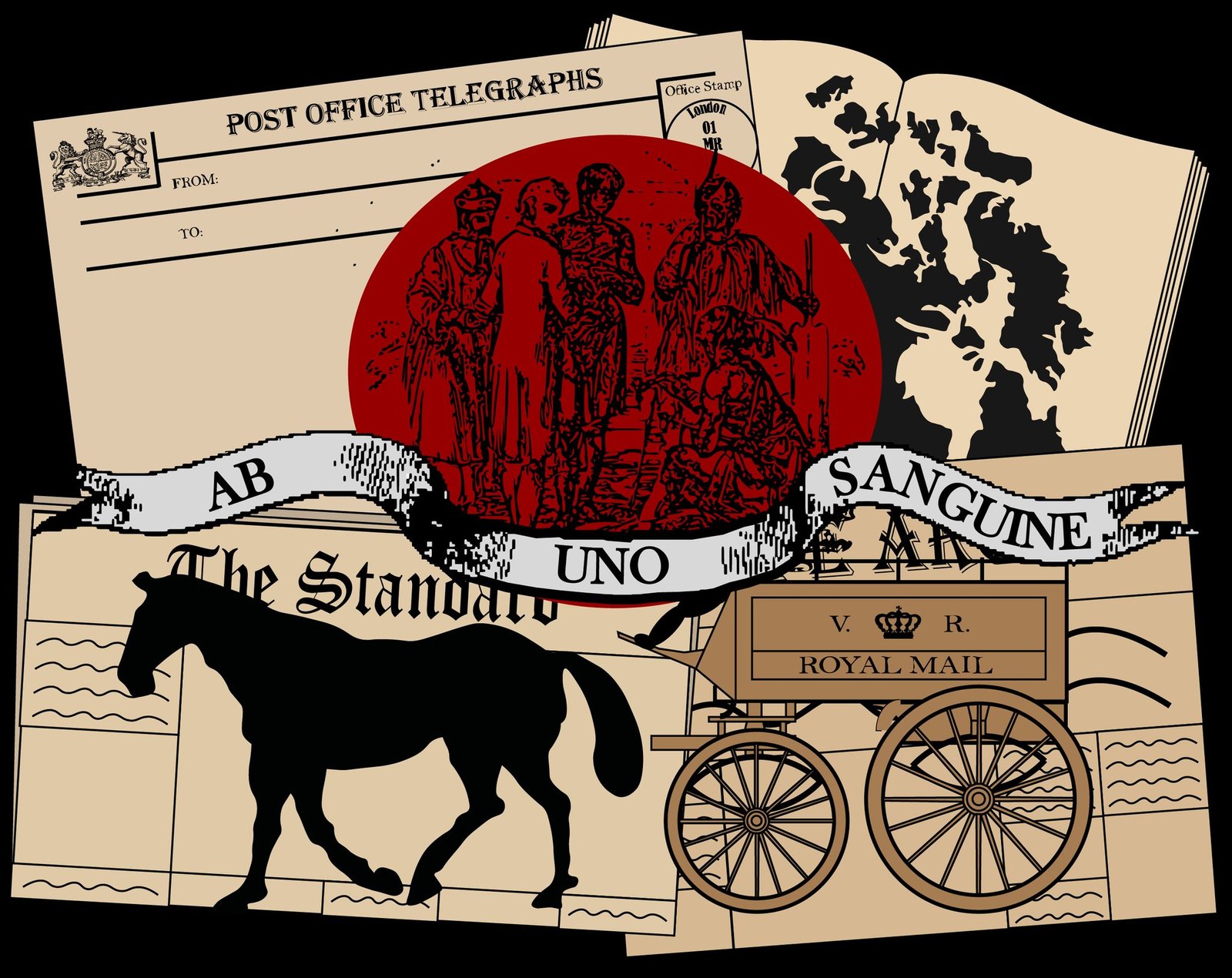
Public History Video Game: Ab Uno Sanguine
Video games have received significant attention as a media form for disseminating historical representations and arguments, and so I am developing a video game based on my dissertation. My video game puts players in the role of secretary of a nineteenth-century British philanthropic society, and shows players through the mechanics of play how imperial philanthropy worked and why it existed.
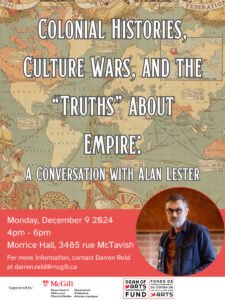
Colonial Histories, Culture Wars, and the "Truths" about Empire: A Conversation with Alan Lester
In 2025, I organized a public-facing event with Dr. Alan Lester of the University of Sussex, in which me and Dr. Lester led a public conversation with the audience about the history of British imperialism and the tendency towards colonial denialism in modern societies.
Istanbul University History Career Days Festival
In 2025, upon invitation by the Organizing Committee of the Istanbul University's History Career Days Festival, I gave a public talk for prospective and current history students at Istanbul University about intersection between history and the video game industry.
Decolonizing the Scottish Curriculum: the METISS Programme
In 2024, I worked with teachers and scholars out of the University of Stirling to create teaching resources to improve the education of imperial history in Scotland. Upon invitation to collaborate with Dr. Fiona Barclay and Dr. Joe Smith on their project, I lead multiple workshops for 20 high school teachers and worked with them to develop new lesson plans.
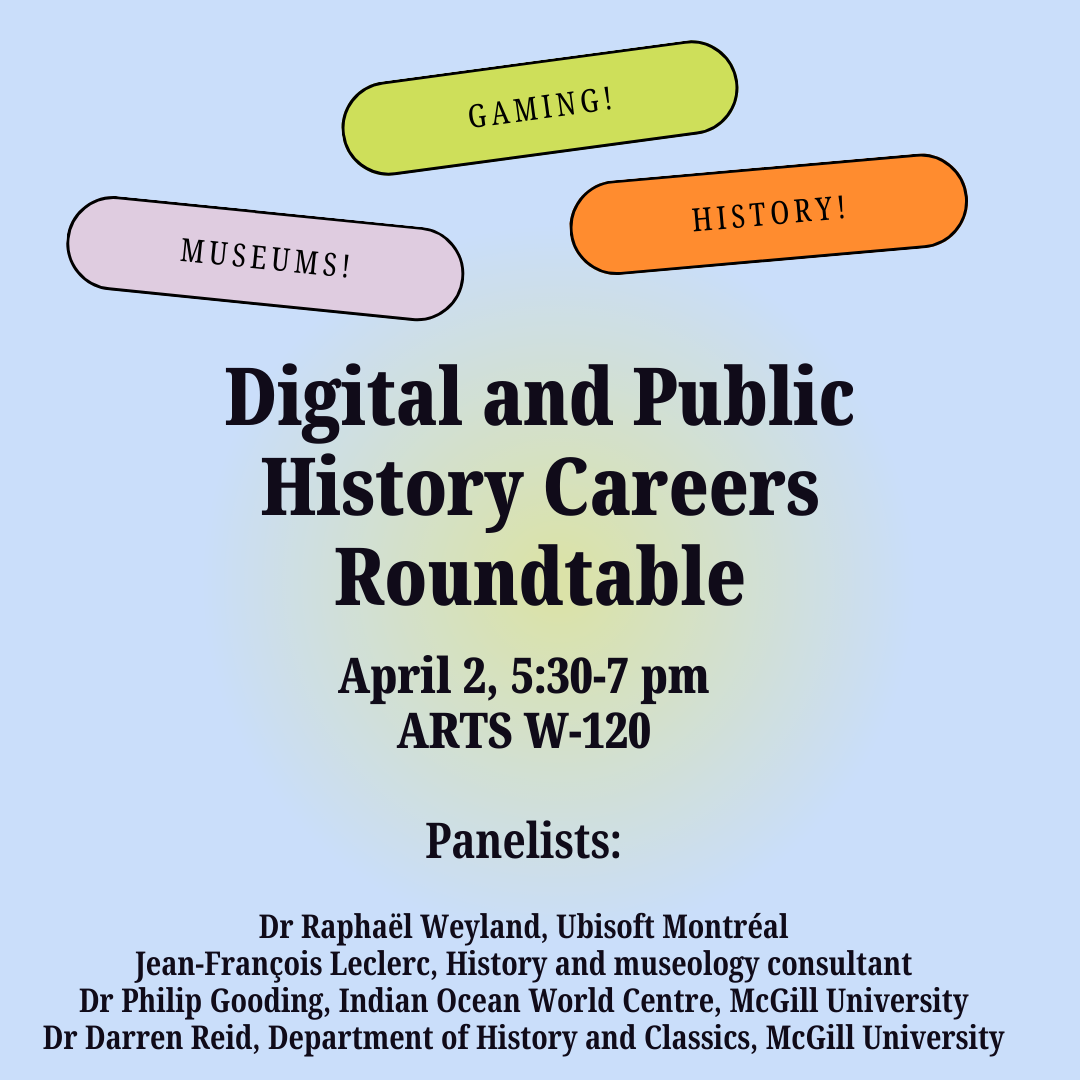
Digital and Public History Careers Panel
From 2023 to 2025, I sat on the McGill History Department's Outreach and Communications Committee, which organizes public-facing events. During this time, I organized a public-facing “Digital and Public History Careers Panel” in April 2024, which brought together local business leaders from Ubisoft Entertainment, museum curators from the Ville de Montréal, and undergraduate students in my department, and gave me experience in building relationships with community partners and coordinating with public stakeholders.

Public History TikTok Channel: Level 1 Historian
I use popular video games to introduce non-academic audiences to historical themes, concepts, and debates on TikTok. Topics so far include counterfactual history (via Wolfenstein), the Revolution in Military Affairs (via Metal Gear Solid), and the history of demonology (via DOOM: Eternal).

Blog post: Rethinking the Aborigines Protection Society through its Informants
I was commissioned to write a blog post for the Bodleian Libraries Blog about the diversity of perspectives that can be found in the Anti-Slavery Society collections, and I wrote this post about the many people who wrote to the APS about Samuel Moroka's succession dispute in South Africa in the 1880s.

Database: Letters to the Aborigines Protection Society
Following the principles of open scholarship, I have created a database of the letters I have digitized and transcribed during my research on the APS. Also contains blog posts about how to do research with letters, how to work with sensitive subject matter, and highlighting interesting tidbits from the archive.
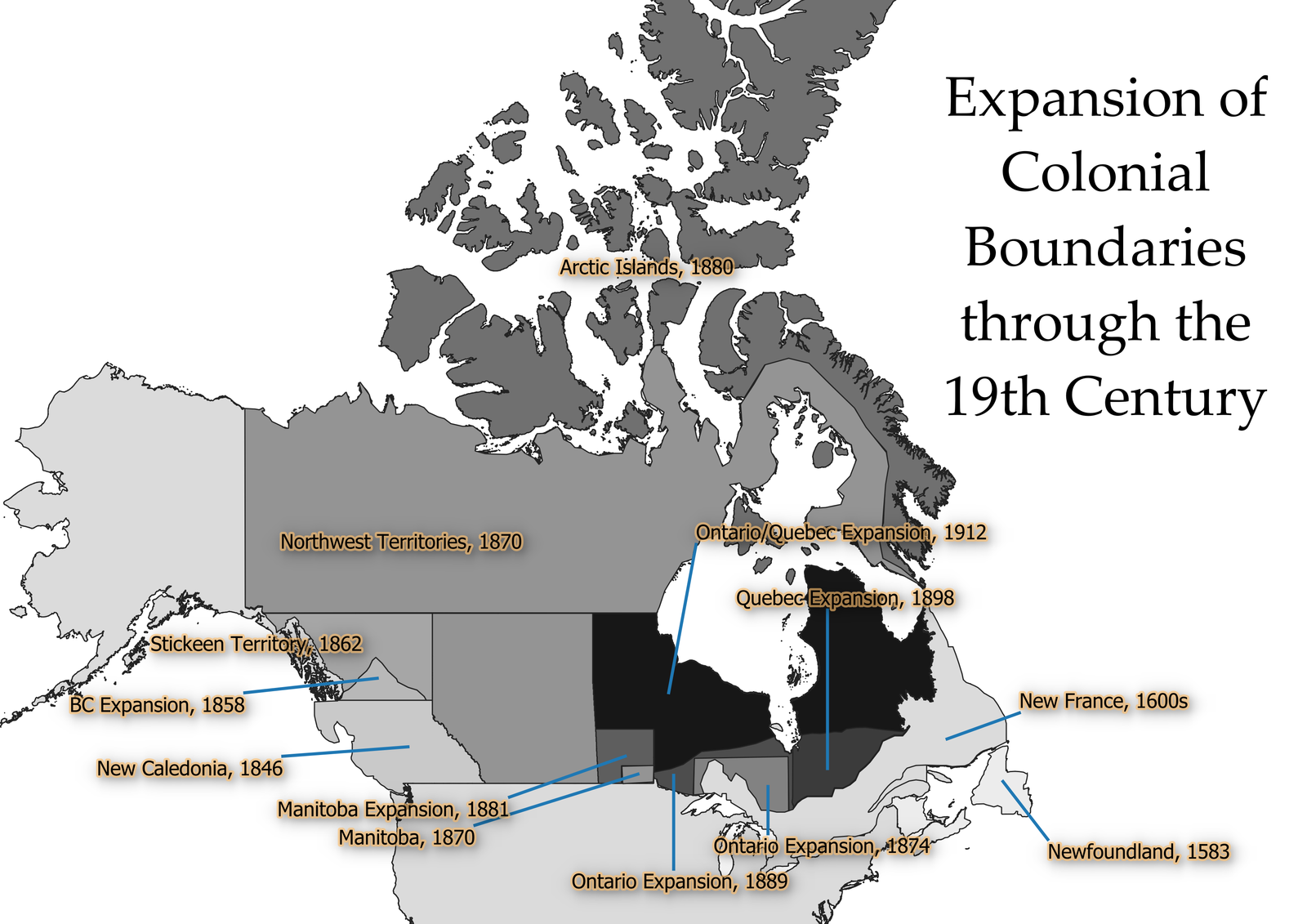
Gallery: Historical GIS and mapping visualizations
Land plays a large part in the historical narratives I study, and so translating complex geographical stories through GIS visualizations is an important means of making my research accessible and engaging.

Visualization: Territorial Expansion in South Africa
Created in 2018 duing my undergrad years, this was my first experience working with HTML/CSS/JS. It is rudimentary and fairly poorly made, but it taught me many of the basic concepts of web development that I continue to use today, particuarly the notion of maps as portals for exploring complex information.
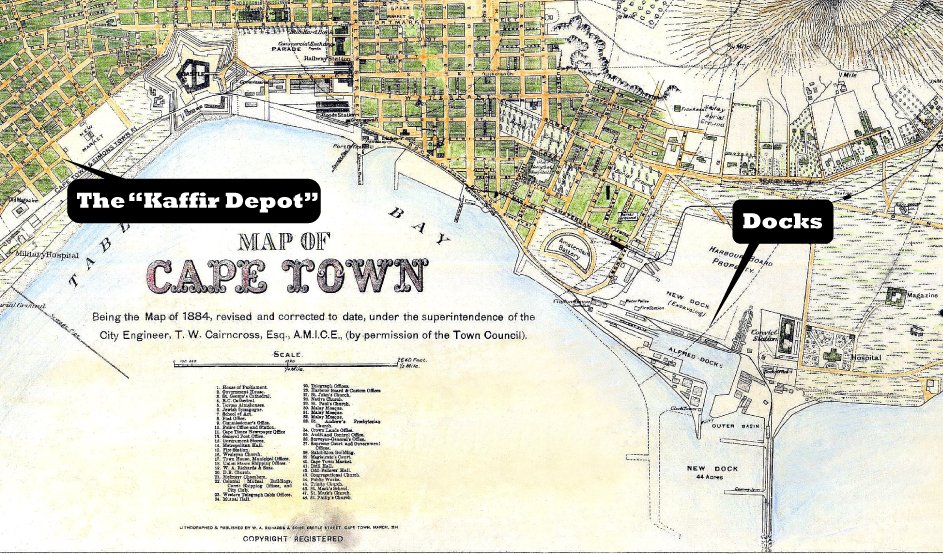
Blog post: Resisting the forced labour system in colonial South Africa, 1877–1879
I wrote a short blog based on my article "Shadrach Boyce Mama and the ‘Kaffir Depot': Navigating Imperial Networks to Agitate against the Forced Removal of Xhosa Women and Children from Cape Town, May–December 1879" in order to make that article accessible to public audiences.

Blog post: There were Victorian Indigenous Rights Activists?
I wrote a short blog based on my article "The Aborigines' Protection Society as an Anticolonial Network: Rethinking the APS "from the bottom up" through letters written by Black South Africans, 1883-87" in order to make that article accessible to public audiences.